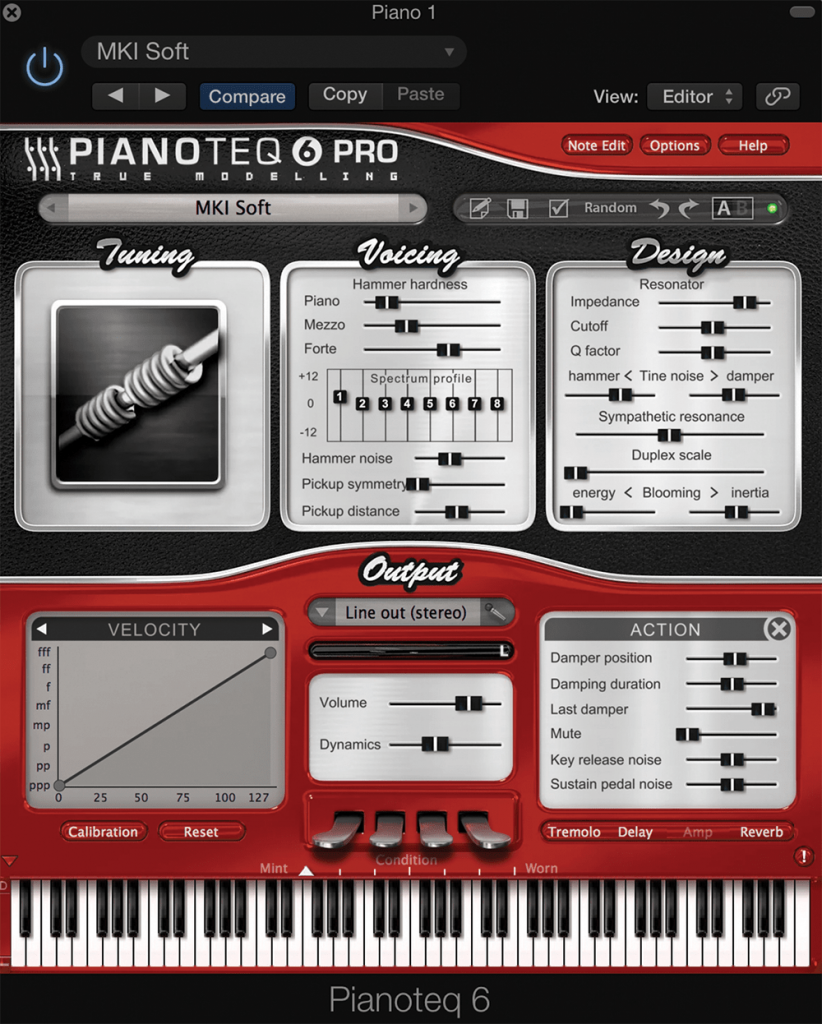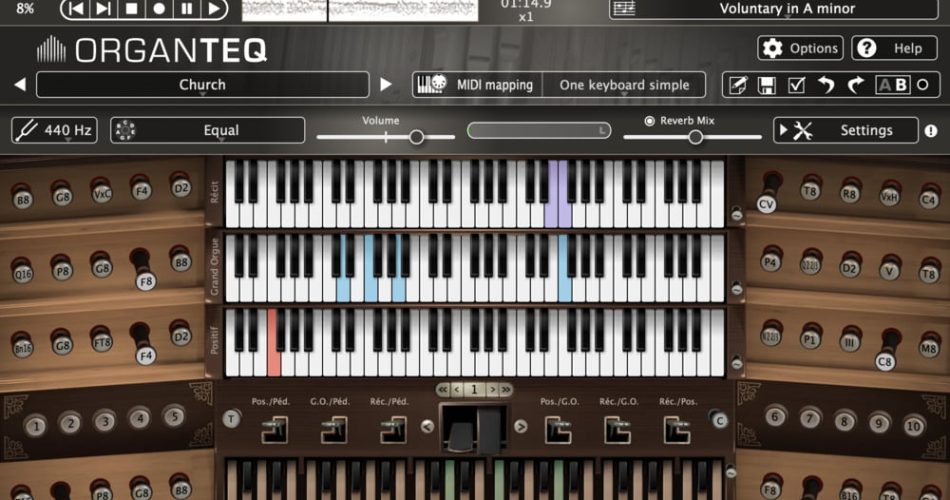

- #MODARTT PIANOTEQ 5 VST FREE DOWNLOAD ARCHIVE#
- #MODARTT PIANOTEQ 5 VST FREE DOWNLOAD UPGRADE#
- #MODARTT PIANOTEQ 5 VST FREE DOWNLOAD PRO#


Within seconds you can adjust the sound to a particular type of music or playing style. VERSATILE Pianoteq introduces new methods to adjust the piano sound to just the way you like it! Changes that until now could only be made by piano tuners are now possible directly from the interface. as if you could just lean over and touch the strings! It will feel like you have a real piano in front of you. VIVID The piano creates the sound in real time while you are playing and takes into account all the complex factors that makes the piano a truly vivid instrument, such as the interaction between strings, the use of pedals, the cabinet resonance and the position of the hammers. In addition to the Standard version, it gives you all the tools needed to work in a truly professional environment, letting you adjust 30 parameters for each note on the keyboard and work with up to 192 Khz audio.

#MODARTT PIANOTEQ 5 VST FREE DOWNLOAD PRO#
Pianoteq 6 PRO is the most advanced version, adapted for the creative composer and demanding studio engineer.
#MODARTT PIANOTEQ 5 VST FREE DOWNLOAD ARCHIVE#
The tuning section has become even more advanced with new tools, and the standalone version now offers a MIDI playlist, an improved MIDI archive and can export audio to FLAC and MP3 formats, in addition to WAV.
#MODARTT PIANOTEQ 5 VST FREE DOWNLOAD UPGRADE#
This major upgrade also adds compatibility with the VST3 format (in addition to VST2 format) and the ARM architecture (Linux version only, for example on Raspberry Pi 3 boards). These magnificent virtual grand pianos will appeal to all musicians in search of the most famous piano sound signature. Steinway & Sons have approved the sound and playability of the Pianoteq virtual instruments Steinway Model D and Steinway Model B, which have gained from the refined physical model. Pianoteq 6 brings numerous refinements in its engine and physical model, now implemented in all of the 49 physically modelled instruments.


 0 kommentar(er)
0 kommentar(er)
